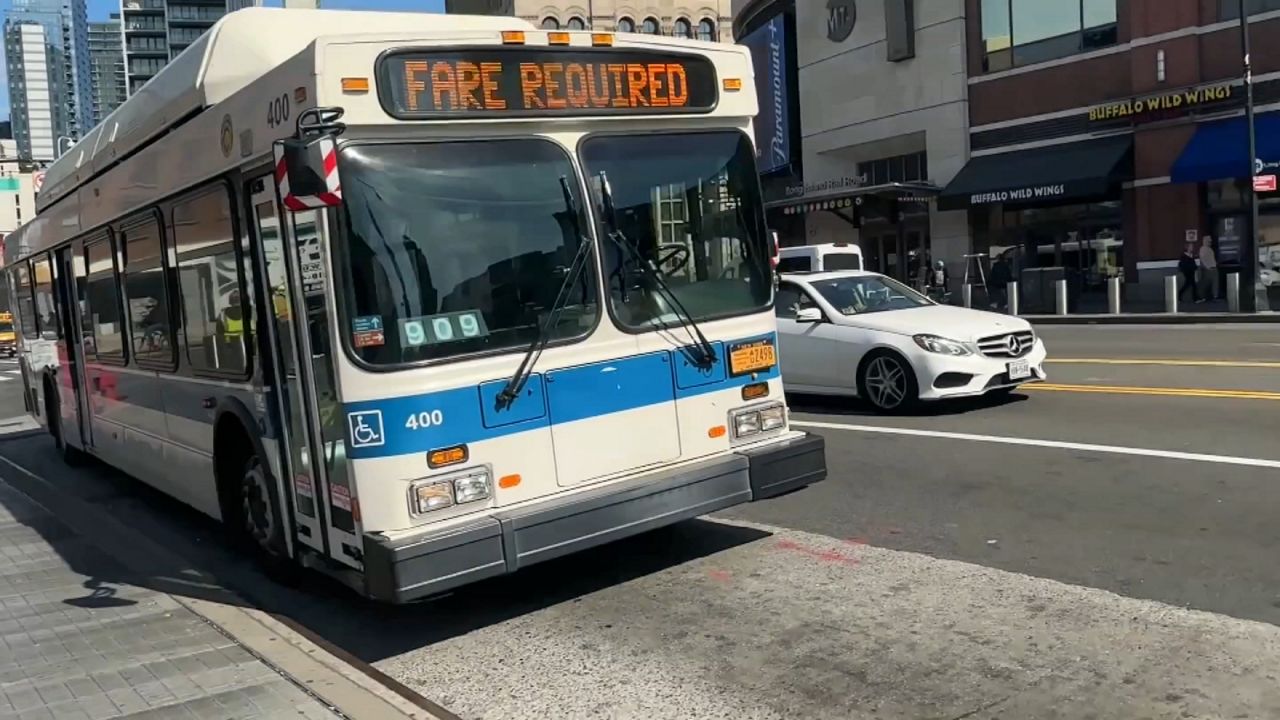The message from MTA leadership since the congestion pricing pause has been that the capital program must prioritize the state of good repair.
That is, making sure the system continues to run. But many public speakers from the disability community at Monday’s committee meetings said the pause should not impede the MTA, making 95% of subway stations accessible by 2055 as mandated by a federal court settlement.
“It’s still the MTA’s responsibility, it’s still the governor’s responsibility, it’s still the legislature’s responsibility, it’s still the mayor’s responsibility to figure out how to fund transit, how to get elevators in place, how to make the subway system accessible,” said Joe Rappaport of the Brooklyn Center for Independence of the Disabled. “There’s no excuse.”
Meanwhile, the MTA is proceeding with other aspects of congestion pricing while it’s on pause, using the 108 tolling points to collect information and refine the technology, as well as discounts and exemptions.
“As part of our mitigation commitments for low-income drivers, we already removed the $10 E-ZPass tag fee,” Allison C. de Cerreno, chief operating officer for MTA Bridges and Tunnels, said. “With respect to the discount and exemption plans, we continue to accept and review applications and the assessment center for the individual disability exemption plan is still doing assessments for those who signed up.”
But of course, there are still objections to the plan and support for the pause, including those party to one of the suits that was all but dismissed last week. State Sen. Jessica Scarcella-Spanton, who represents parts of Brooklyn and Staten Island, commented at the capital committee meeting.
“This is the wrong plan for my constituents,” Scarcella-Spanton said. “Not only do Staten Islanders and Coney Islanders have some of the longest commutes in the country, we also have some of the highest tolls as well. The air quality would decrease and get worse. On the north shore of Staten Island, which is predominantly Black and Hispanic, while getting better in the central business district, I don’t think it’s better to place one district over the other.”
However, it was noted that the federal re-evaluation of the final tolling scheme found some of the adverse environmental impacts diminished or even eliminated in some cases from the final environmental evaluation.
Meanwhile, no one has offered alternative funding. On Wednesday, the board will find out what projects will be eliminated from the current capital program.









